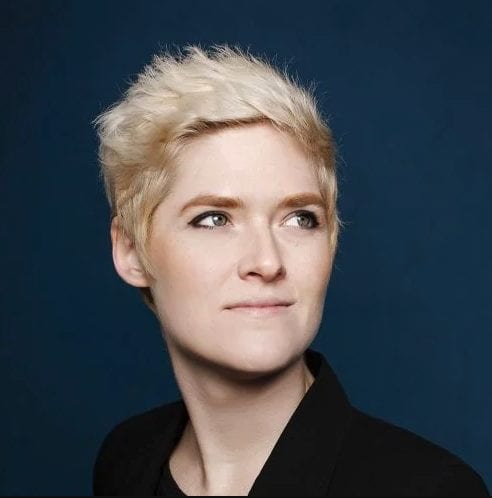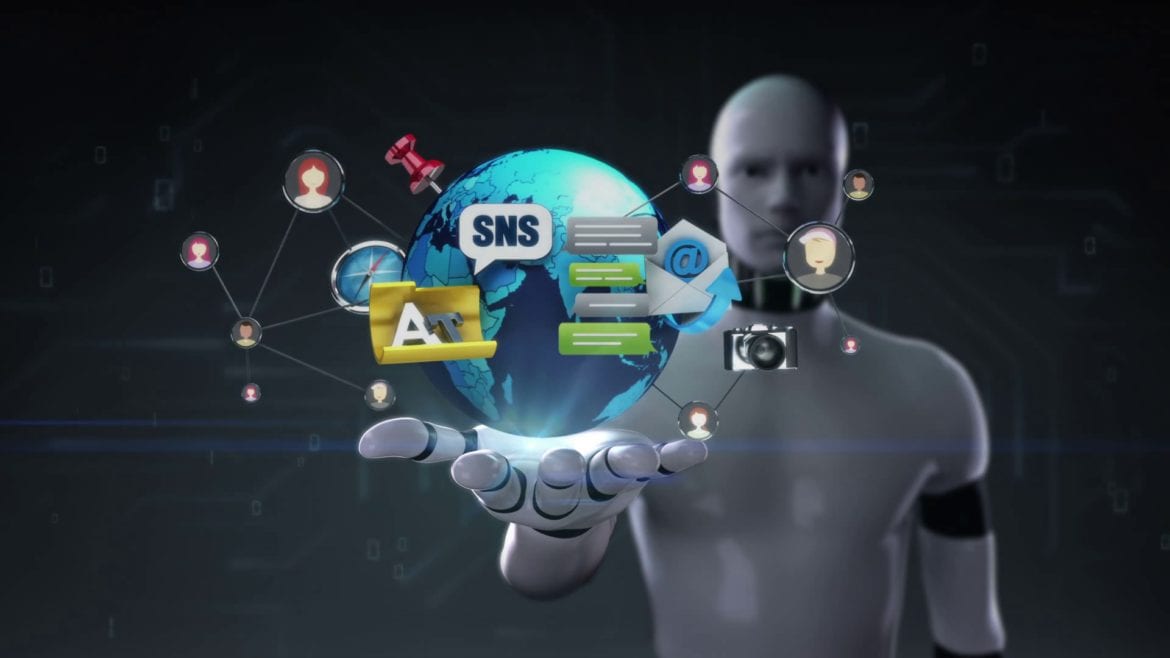Continued from – What is a Cyborg? — Part Two: Becoming Whole Again
Humanity’s dependency on technology creates a world of cyborgs
Everyday technology has caught up to the future. We aimlessly and selfishly demand all known intelligence and communication at our fingertips. With roughly ten years into the age of the iPhone, even though I’m sure many of you reading now are complaining about not having a Huawei device, life has proven most evident that our ease of technology has changed our own individual perception. So much so that it has collectively changed the perception of the zeitgeist.

Elon Musk
“We’re already cyborgs,” Said SpaceX CEO Elon Musk at Code Conference 2016.
“You have a digital version of yourself, a partial version of yourself online in the form of your emails, your social media, and all the things that you do.”
Musk went on to say how the full cyborg integration requires a working relationship with Artificial Intelligence. Interesting, considering his fearful comments in the past about the dangers of AI.
Some of Musk’s recent comments appear on Cyberpunks.com-The Popular Opinion on Artificial Intelligence.

Kelsey Breseman
The echoes with Kelsey Breseman, engineer and writer for the Tessel Project, an open-ended website designed to encourage web developers and robotics engineers to engage in the web space for recognition, contribution, integration and prototyping. Her thought is not only that it has already begun and we should get with the program, but it’s not too early to pull this off properly.
“I’m really concerned with about how we integrate human beings into the growing web of technology,” Breseman said to Forbes in 2014.
“It’s easy to get caught up in the ‘cool new thing’ mentality, but you can end with a situation where the point for the technology is the technology not the human being using it. It becomes closed rather than inclusive. “An ‘app developer developing apps for app developers to develop apps’ kind of thing,” Breseman said.
Even though the obvious point of reference would be our well established dependence on technology, Breseman is speaking more towards future products. She believes that phones, tablets and smart watches have already passed this reference point.

Amber Case
Amber Case is a cyborg anthropologist and public speaker. As expected, the integration of everyday technology more and more into our everyday lives is the keynote in many of her speaking engagements. She expressed the reason she chose cyborg anthropology was because she noticed a lot of traditional anthropology involves homo sapiens developing tools.
“But now what we are looking at is not an extension of the physical self, but an extension of the mental self, Case said in a Ted talk from 2010. “Because of that, we are able to travel faster, communicate differently.”
During the talk, Case makes the case ( shoot the drummer) similar to Musk’s, that we have our regular self and our digital self, both in how we operate technology and how we present ourselves. With a technological double still fused to our own conscience and our brain moving back and forth between the two, we can get easily lost in the noise. This concern, along with many others, leaves us wondering how to properly navigate our expanding digital world.
“One of the other different ideas is that you have a different type of time on every single device that you use. Every single browser tab gives you a different type of time. And because of that, you start to dig around because of your external memories; where did you leave them? So now, we’re all these paleontologists that are digging for things that we lost on our external brains that we are carrying around in our pockets. And that incites a sort of panic architecture.
“We’re all ‘I Love Lucy’ on a great assembly line of information, and we can’t keep up. And so what happens is when we bring that into the social space, we end up checking our phones all the time. So we have this thing called ambient intimacy.”
It would appear that although there are differences in the many versions of cyborgs, one constant exists, even though it is more philosophical than mechanical; It seems strangely natural. Whether it is an attempt to grow closer to nature, restore the balance of one’s body or a natural and easy occurrence in our society, none of it is forced. The cyborg movement is not based in paranoia or conspiracy. It is everyday life adapting to cyborgs, not cyborgs changing everyday life.
The main concern is how our culture navigates the journey.

